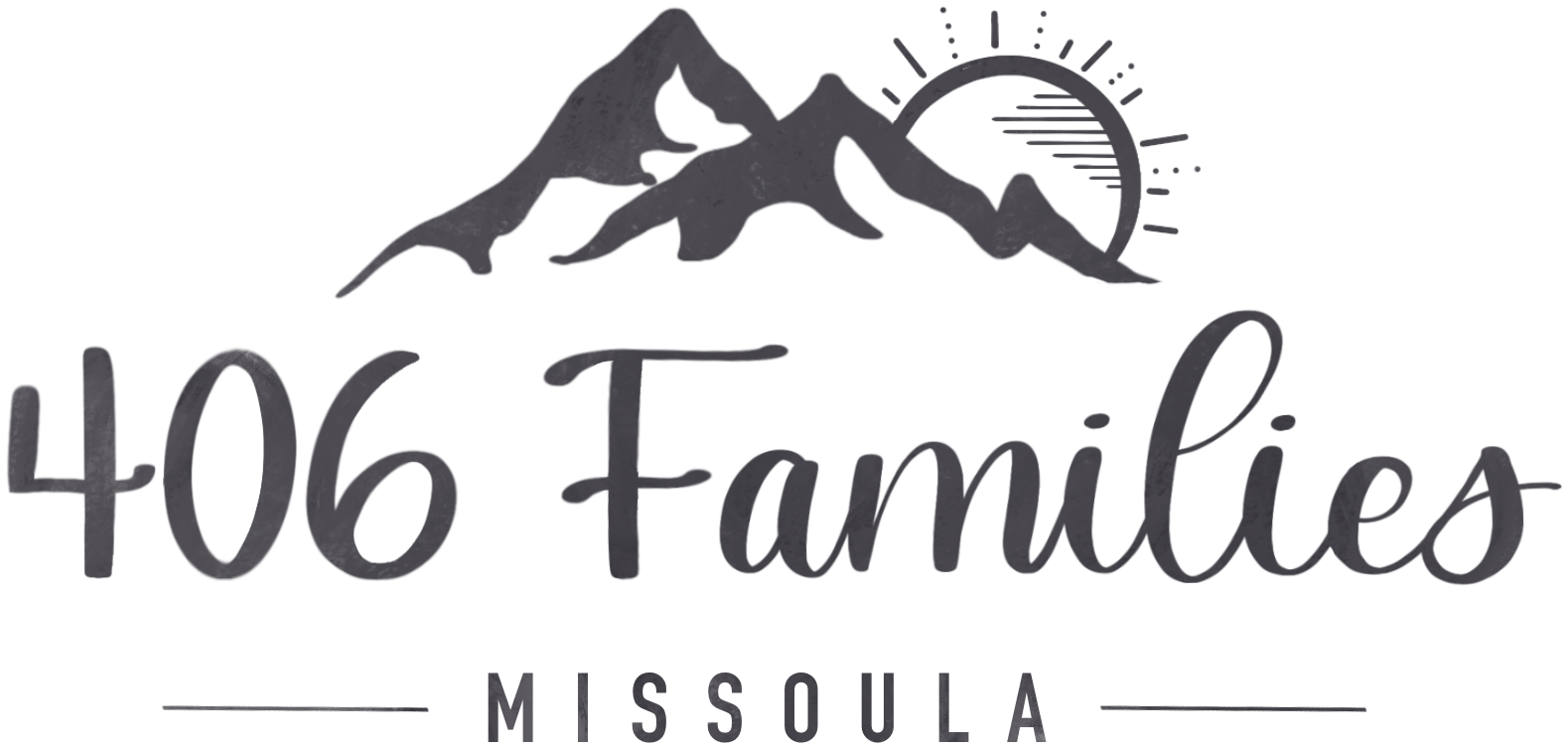Happy Pride: How One Mom is Encouraging Acceptance
Happy Pride Month! It doesn’t matter if you’re new to the community, a budding ally, or hoping to find new ways to teach your children acceptance and inclusion, I’m glad you’re here. Recently, I publicly shared my truth. I am a bisexual woman, mother, and wife. While my coming out (a story for a different time) has been gradual, safe, and accepted; I know others are not as embraced. I made a vow to encourage communication and acceptance with my three daughters, so that they or their friends feel safe talking to me and other support networks. This is where communicating with our children and encouraging allyship becomes pivotal.
I want to share a few simple and thoughtful discussion ideas parents can integrate with children. I think one of the best lessons I’ve learned in my years of growing as an ally was: respect LGBTQ+ members and their emotional capacity. If you have a community member in your life, respect their time and emotional space and ask if they have the time to help educate you when you have questions. Please be sure to use other resources as well such as Google and online support groups. While someone might be out, we must remember the potential trauma and processing they could be facing.
How do we raise our children to be the best allies? Here are some ways I’m actively teaching my children and plan to include as they mature.
Keep it simple. Sharing traits and characteristics of a good friend can be simple and an early conversation starter. With my daughters, I highlight listening ears, helpful hands, open hearts, and finding a safe adult if someone is in need. My daughters and I talk about what actions make a kind, compassionate, and accepting friend. Using real scenarios can help and encourage their confidence for when they might see a peer eating alone or being left out of a group activity. These foundations taught to children can be used in many diverse groups. My oldest daughter responds to role playing so she feels confident asking questions, offering help, or listening.
Love wins. Whether it’s a question about a same-sex (appearing) couple walking down the street holding hands or a character in a movie, it’s a great opportunity to describe the differences in the world with conviction and excitement. Minimizing the topics or showing discomfort might result in children making their own ideas or assumptions. Much like explaining skin colors or cultures, the LGBTQ+ community should be explained with acceptance and love. I make sure to show excitement when questions are asked using phrases such as, “I’m so excited you asked! There are so many unique and loving people in the world, while it might seem different their purpose is like mine and yours; to love who they love.” Or “Do you have any other questions? What are your feelings about what we just discussed?” and finally, “If you have questions or have feelings you want to talk about, I’m always here.”
Age-Appropriate Education. While encouraging your children to learn about the LGBTQ+ community, you might wonder how to navigate the discussion of anatomy and further their education and acceptance. This is new territory for myself, as my children are still young and I’m finding the most respectful ways to discuss gender and gender stereotypes. I am very forthcoming about autonomically correct terms but have yet to expand about gender, transgender, or non-binary community members. I am focused on encouraging their preferences with toys, clothes, and extracurricular activities based on how they feel rather than what is expected. Another goal I am working toward is framing the history of the LGBTQ+ community for my daughters to understand. I specifically want to highlight the Stonewall Riots and Marsha P. Johnson, and I am hoping to lean into that more within the next year.
Acceptance. Teaching our children that having an open heart to others and their story rather than tolerance can create a domino effect. Tolerance is not acceptance, and it does not encourage safe spaces for the LGBTQ+ community. Our children can set the tone for their peers and friends when they need to share deep aspects of their life. A safe space can be a refuge to young children or adolescents struggling with their own self-love. Another statement I share with my daughters about sexuality or love is, “People don’t choose to be gay; they are born gay and find the love and acceptance for themselves to live in a way that makes them the happiest.” By circling back to happiness it encourages my daughters to remember that happiness and love are the goals in life.
Resources I’ve come to appreciate and utilize are:
They explain queer topics through a vlog-style conversation
I highly recommend: Prince & Knight, Princess Princess Ever After, & Pink is for Boys.
Practical tips for explaining gender to children.


